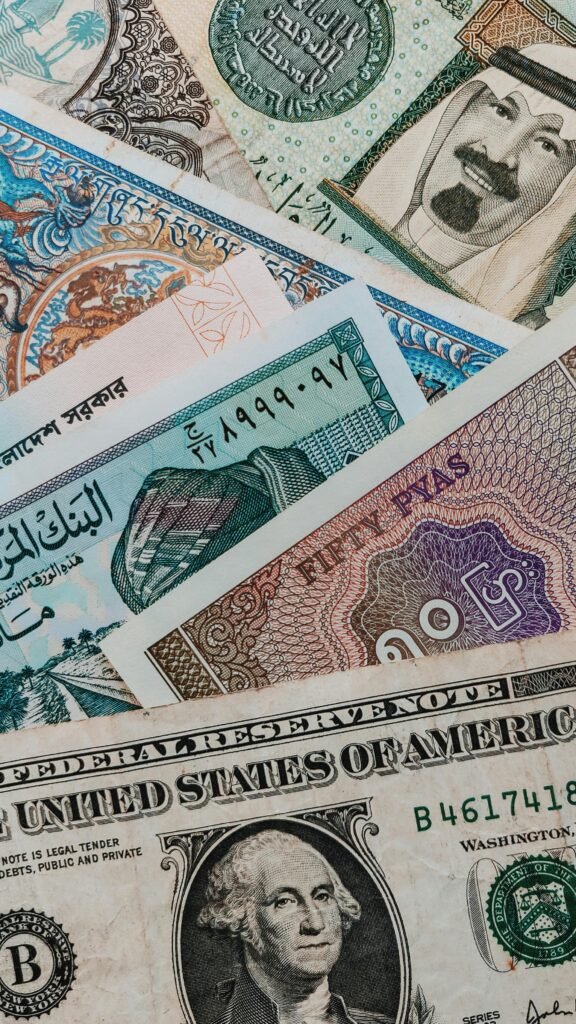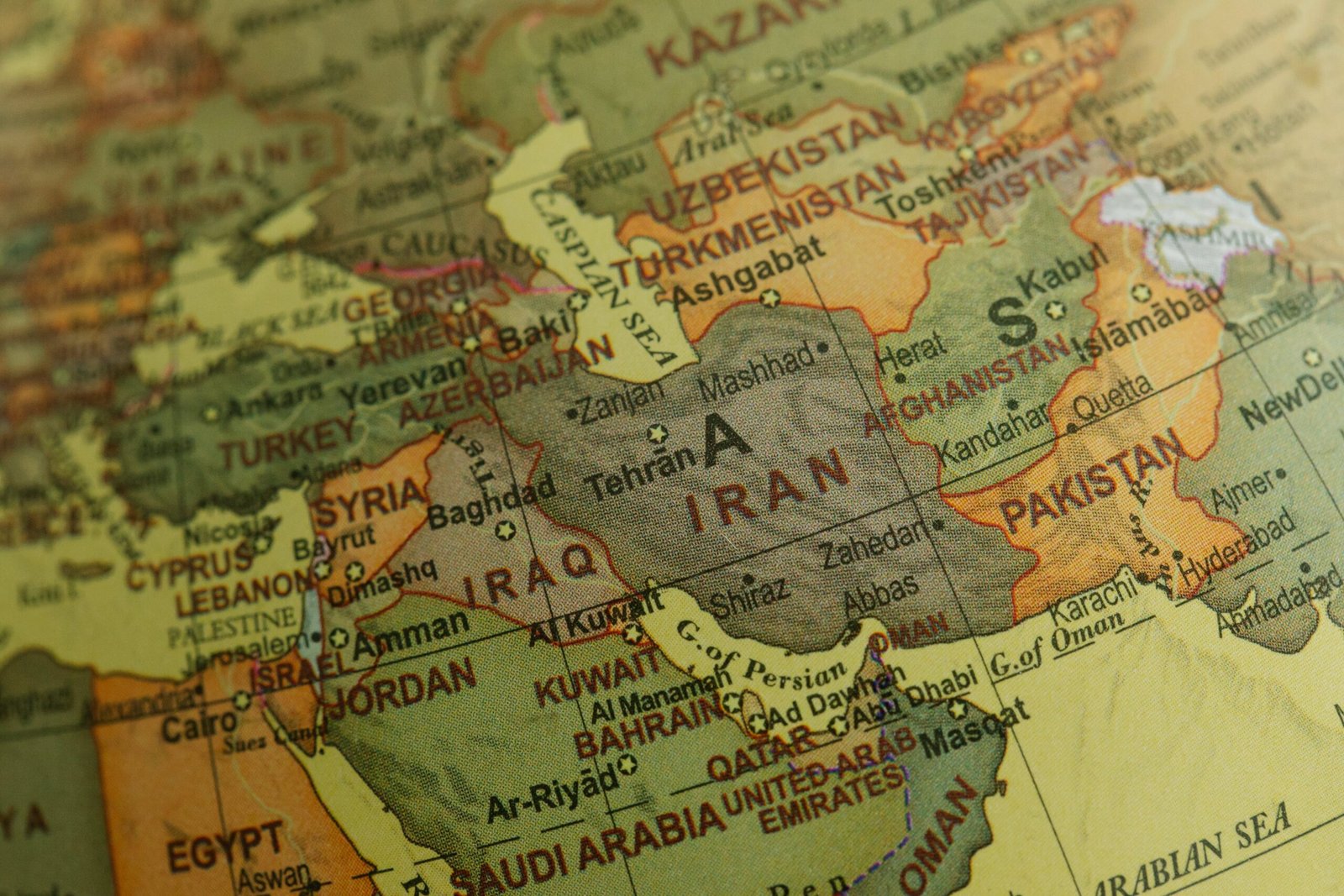How many states in pakistan
The capital territory is Islamabad.
Khyber Pakhtunkhwa province Pakistan
Here is a table summarizing the key information about each province and the capital territory:
| Province/Territory | Capital | Area km² | Population 2017 |
| Punjab | Lahore | 205344 | 110012421 |
| Sindh | Karachi | 140914 | 47694461 |
| Balochistan | Quetta | 347190 | 9326095 |
| Khyber Pakhtunkhwa | Peshawar | 34783 | 30523977 |
| Islamabad | Islamabad | 906 | 2001339 |
drive_spreadsheetExport to Sheets
Each province has its own government and legislature. The provinces are further divided into districts which are administered by local governments. The capital territory of Islamabad is directly administered by the federal government.
Introduction
Pakistan a nation rich in history and diversity is often a subject of fascination for many. One crucial aspect that often sparks curiosity is the number of states within this South Asian country. In this article we will delve into the intriguing landscape of Pakistan administrative divisions exploring not only the current count of states but also their historical significance cultural diversity economic roles and much more.
Historical Context
To comprehend the present we must glance back at the past. Pakistan carved out of British India in 1947 underwent significant changes in its administrative structure over the years. The journey from a nascent nation to its present form is marked by an evolution of administrative divisions.
The Concept of States in Pakistan
Contrary to some other countries Pakistan doesn’t have “states” in the conventional sense. Instead it comprises provinces and territories. Understanding the intricacies of this system is crucial to appreciating the diverse fabric that makes up the Pakistani nation.
Current Number of States
As of the latest update Pakistan consists of four provinces: Punjab Sindh Khyber Pakhtunkhwa and Balochistan. Additionally there are two autonomous territories: Azad Jammu and Kashmir and GilgitBaltistan. Each of these states contributes uniquely to the country sociocultural tapestry.
Administrative Structure
Governance at the state level is facilitated through provincial and territorial governments. This decentralized structure allows for tailored policies and initiatives addressing the specific needs of each region.
Cultural Diversity
One of the most captivating aspects of Pakistan is its cultural diversity. From the vibrant traditions of Punjab to the rich history of Sindh each state boasts a unique identity. Exploring the cultural nuances offers a profound insight into the mosaic of Pakistani society.
Economic Significance
Economically the states play a pivotal role. Punjab for instance is the country agricultural heartland while Sindh contributes significantly to Pakistan GDP through its industrial activities. Balochistan with its vast natural resources adds another layer to the economic landscape.
Challenges Faced by States
Despite their contributions the states encounter socioeconomic challenges. Addressing issues of poverty education and healthcare remains a priority and concerted efforts are being made to uplift the standard of living across all regions.
Education and Healthcare
Education and healthcare initiatives vary across states reflecting disparities that exist. However ongoing efforts aim to bridge these gaps ensuring access to quality education and healthcare services for all residents.
Tourism in Different States
The diverse geography and cultural heritage of each state make Pakistan a haven for tourism. From the ancient wonders of MohenjoDaro in Sindh to the scenic beauty of GilgitBaltistan each state has something unique to offer.
Infrastructure Development
Statewise infrastructure projects are shaping the future of Pakistan. Improved connectivity through highways and modern transportation networks is not only enhancing local economies but also fostering national integration.
Political Landscape
Statelevel politics in Pakistan is dynamic with various political parties vying for influence. Understanding the political dynamics at this level is crucial to grasping the broader national political landscape.
Social Harmony and Integration
Initiatives promoting social harmony aim to celebrate diversity while fostering unity. Festivals cultural exchanges and collaborative projects contribute to a sense of shared identity among the states.
Future Prospects
Looking ahead Pakistan envisions continued development and growth. Statespecific projects and plans aligned with national goals promise a brighter future for the entire nation.
Final Word
In unraveling the tapestry of Pakistan states reveals a nation brimming with diversity and potential. From historical roots to modern aspirations each state contributes uniquely to the collective identity.
FAQs
- Q: Which state is known for its agricultural contributions?
- A: Punjab is renowned as the agricultural heartland of Pakistan.
- Q: How is governance structured at the state level in Pakistan?
- A: States in Pakistan have their own provincial or territorial governments allowing for decentralized governance.
- Q: What challenges do the states face in terms of socioeconomic development?
- A: Socioeconomic challenges include issues of poverty education and healthcare that are being actively addressed.
- Q: How does tourism contribute to the economies of different states in Pakistan?
- A: Tourism plays a significant role with each state boasting unique attractions that draw visitors and boost local economies.

Source of Image: https://www.pexels.com/photo/set-of-paper-money-with-images-and-symbols-4025877/






